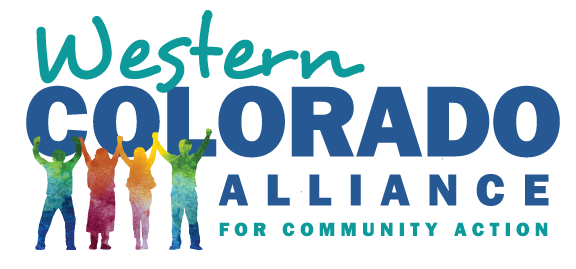- An Alliance For Community Action
- (970) 256-7650
- info@WesternColoradoAlliance.org
No New Wilderness? Comments Needed on GMUG Direction
No New Wilderness? Comments Needed on GMUG Direction
On June 17 the Grand Mesa, Uncompahgre, and Gunnison National Forests (GMUG) released the Working Draft of the Forest Plan for public comment. The GMUG is specifically asking for feedback on “what direction works, and what needs improvement.” If you care about the future of your local national forests, today is a great day to help shape their long-term sustainability by commenting to the agency.
Why comment?
The Working Draft is an early taste of the direction the Forest Service will be heading with their more comprehensive Draft Forest Plan, which will be released sometime this coming winter. The revised forest plan will set management direction for 15 years or more, so it is critical that it provide a conservation-prioritized, science-based foundation for future uses. The forest plan makes decisions for where new wilderness areas may be recommended, where commercial logging will and will not be allowed and how much volume can be cut, the intensity of recreation use on the forest, how the forest will contribute to climate change avoidance and adaptation, how wildlife will be protected, and more. Simply put, if you care about the GMUG and want it to be ecologically sound for generations to come, please comment!
How to Comment
We’re asking you to take two actions today.
- First, add your name to the list of supporters of the Community Conservation Proposal. Click that link and join hundreds of other people and businesses who say “yes” to a conservation-prioritized GMUG.
- Second, submit comments by July 29 to the GMUG on what’s working, and what needs improvement, in their Working Draft by clicking this link. Please consider raising some or all of the following points in your comment:
o Overall, the plan provides very weak, and in some cases non-existent, direction for protection of important resources. More standards, i.e., mandatory limits on action, need to be in the plan.
o Frustratingly, there is only land in the San Juans recommended for Wilderness, even though many other areas exhibit wilderness characteristics. Let the agency know that you support new wilderness areas, including those in the Community Conservation Proposal.
o Under a proposed standard, timber harvest would be allowed in high-quality lynx habitat. This must not be allowed.
o Guidelines for protecting big game (deer, elk, bighorn sheep) on birthing grounds and winter range would be voluntary. They need to be mandatory.
o The plan proposes to establish conservation watershed networks to protect watersheds and sensitive species like trout and boreal toad, but provides no detail on how these networks would be applied and maintained.
What Next?
The GMUG will be hosting a series of online webinars June 24 and June 26, and also some community public meetings in July. Information about both of those is available at the Forest Service’s project link.
CORE Act
This week CORE Act supporters Pitkin County Commissioner Greg Poschman, Summit County Commissioner Karn Stiegelmeier, and rancher and hunter Tai Jacober are in Washington, DC to meet with Colorado congressional offices and key congressional committee staff.
The bill protects about 400,000 acres of public land in Colorado, establishing new wilderness areas and safeguarding existing outdoor recreation opportunities to boost the economy for future generations.
Colorado businesses, recreation groups, sportsmen, conservationists, and counties helped write each element of the CORE Act over the last decade. And WCA members have been there from the beginning.
The CORE Act protects iconic and vulnerable public lands across the state! Our elected officials need to hear from you.
Say Thanks to Senator Michael Bennet and Representative Joe Neguse for their leadership and championing of Colorado public lands through the CORE Act!
Arn's career includes more than 35 years of experience in broadcast media, online advertising and branding in both Western Colorado and New York City. He is a four-time Colorado Broadcast Award winner and has also won multiple Colorado Press Association Awards. Arn also teaches Film Expression at the college level. He lives with a dramatic pit bull and a grandiose cat and enjoys painting, animating, and exploring cinema in his spare time.


